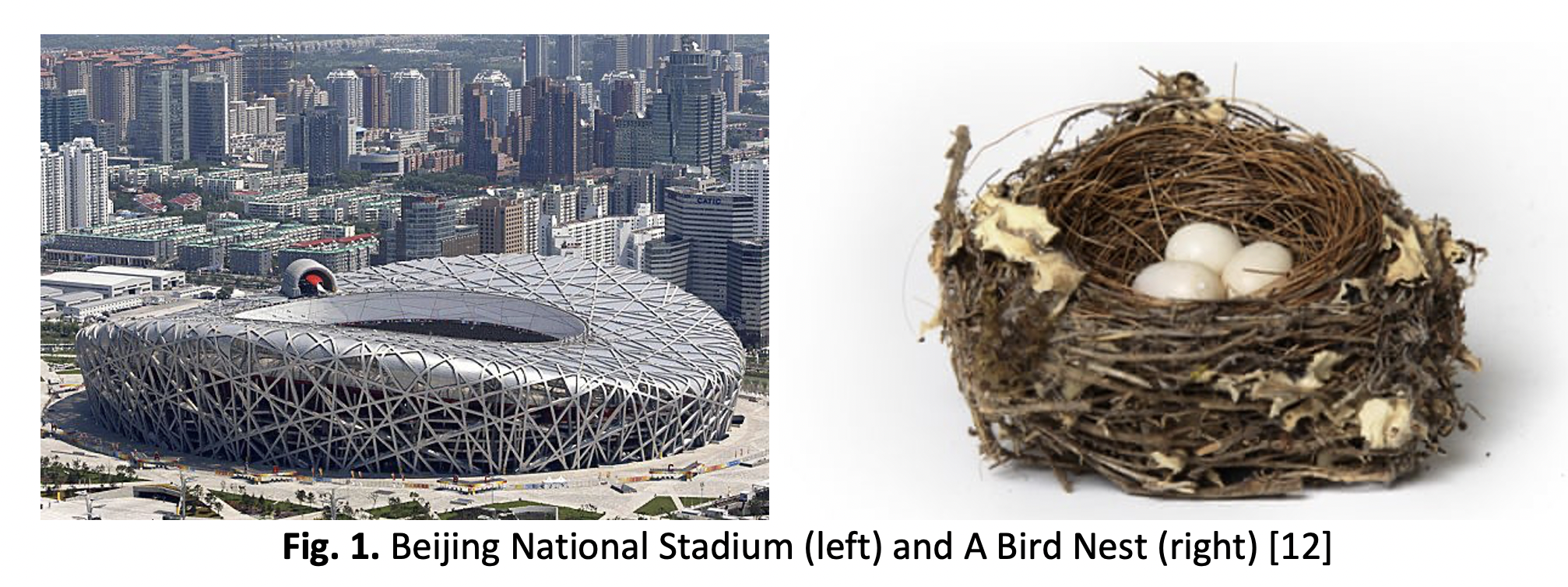Simulation on Building Envelope Design using Biomimicry Conceptual of Palm Leaf Pattern for Self Cleaning Maintenance
DOI:
https://doi.org/10.37934/araset.28.3.376392Keywords:
building envelope design, self-cleaning maintenance, simulationAbstract
Contemporary architectural designs acting to increase the aesthetic value of the building’s overall perspective. The complexity of the maintenance works for the building envelope cleanliness becomes challenging in maintenance operations. Biomimicry – innovation inspired by nature, reveals an opportunity to simplify the cleaning process mentioned by infusing the self-cleaning characteristic of palm tree species on the design of building envelope. This research is intentionally to determine of the most ideal building envelope form that utilize the effect of the biomimicry conceptual as self-cleaning maintenance properties by finding the wind velocity to assess the dust flow behaviour. The basic architectural forms that commonly applied by the architects is used as a model to create the building forms in a way to find the physical self-cleaning characteristic by using the palm leaf pattern. By using the Autodesk Computational Fluid Dynamics (CFD) software, this tool is used to simulate the environmental situation and examine the efficiency of the self-cleaning function on different building models. The results are compared among the different models to identify the best building model that fully employ the self-cleaning function using the palm leaf pattern. The finding on self-cleaning properties of architectural forms is potentially developed the solution of sustainable building envelope design for a better functional and free maintenance.Downloads

Downloads
Published
2022-11-30
How to Cite
Nuzaihan Aras Agus Salim, Gan peng huai, & Ahmad Sanusi Hassan. (2022). Simulation on Building Envelope Design using Biomimicry Conceptual of Palm Leaf Pattern for Self Cleaning Maintenance. Journal of Advanced Research in Applied Sciences and Engineering Technology, 28(3), 376–392. https://doi.org/10.37934/araset.28.3.376392
Issue
Section
Articles




























